Pavorno (Pah-ˈVohr-No)
The Moonflower of Galieri
Pavorno is a mosaic of incongruity. From the oily port district at the bay's edge to the noble's townhouses along the peaks of the hills, one can find merriment and despair, the homely and the comely, conspicuous consumption and desperate poverty. Home to nearly ten thousand souls, it is also filled with tourists and traders of all stripes, looking for one sort of recreation or another, or a good deal or quick profit. Pavorno provides such things by the bushel. It's said that in Pavorno, anything goes, and it often seems quite true.
Geography
Pavorno is located at the very edge of the Troyso-Galieri border. It lines the Balcelita (Balcroft) River on the southern side, constantly creeping eastward as the population grows. To the west lies the Tromange Bay, and a deep natural harbor. There is a large ocean shelf that drops off not far from the shoreline and provides suitable docking for even the largest ships. From the bay and the riverside, the ground slopes up in a series of hills. The two largest are the Vellesto Hill in the southeast and the Cressina Hill in the south. From there the terrain slopes down gradually and levels out into farmland.History
Pavorno was founded in 942 NE as a small fishing village, taking advantage of the natural harbor. In less than a hundred years, it was spilling out across both sides of the river. The city's location on two trade routes - one by river, one by sea - meant fast growth in both population, and economy. In 1037 NE, the town declared itself a republic, with an elected council, and a standing garrison of fighters. In 1095 NE, King Stronvor of Troyso launched a war of expansion against the various city-states in what are now known as Barcombe and Tabrela Counties. Stronvor's justification was that the territory of Troyso should extend to its "natural borders" - the Shauram Mountains and the Balcelita River. The smaller, isolated towns fell quickly against the unified might of Stronvor's forces. Even the city-state of Torrine only slowed him down a little. Pavorno could offer little resistance except their small garrison and a wooden palisade, which burned quickly. Troyso did not stop there, though. The army crossed the river, taking the other half of the city, and continued on into the Salessina Plains. This alarmed the remaining city-states of Galieri so much that they united to push the invaders back, but were only able to move the invading forces back as far as the river. The Peace of Brivero in 1102 NE codified the new boundaries. Half of Pavorno was now the Troyci city of Fairmouth, and has remained so ever since.Government
As a small fishing village, Pavorno needed very little government, just the wisdom of the council of elders. Once it became a town, everyone received a voice in decisions, and the first Town Hall was built, a wooden building on the town's largest square. Citizens voiced their opinions at a yearly meeting. As Pavorno grew into a city, it took on the model of the republic, with each district of the town electing representatives to stand for their interests. The Town Hall was also renovated from a small wooden building to a much larger, sandstone building with the traditional limestone wash. During the War of Expansion, the city elected a War Leader to take absolute control over military and civil safety decisions. After the war, the title of War Leader was retired. As the new nation of Galieri began to take shape into duchies and counties, the citizens that remained in Pavorno took steps to preserve something of their past as a Republic. A city charter was drawn up, allowing for elected representatives from each district, but including the new title of Mayor, elected from the main body, who made the final decisions after hearing out the Assembly. The Mayor was also responsible for reporting to the new Count of Acilerno. Some say that the election of an Assembly ensures fairness, as there are an equal amount of voting districts among the common people and the nobility. Others note that there are far more people in the common districts, and they should have more delegates. On top of which, it is the Mayor whose opinion matters, and as this person tends to be elected from the noble delegates, it is easier to sway them to the nobles' causes. There has been a call to amend the charter so that the Mayor is elected through popular vote, but every attempt to pass this alteration has met with failure. Another item of debate of late has been the exclusion of the region known as "Dog Town." This slum has grown up with the city, and is now a good portion of the population. The residents of Dog Town are demanding a say in the government, while opponents claim that the area is not even part of the city. The debate has gotten heated of late, and many speculate that the Mayor will have to make a definitive statement one way or the other.Economy
Pavorno is a trading town at heart. Everything possible is for sale. The town, itself, does not produce much more than seafood, but its natural deep water harbor made it a suitable stopping point for ships headed up and down the coast. The people of Pavorno saw the opportunity in this and built an inn for visiting sailors. Soon, more businesses followed. Trade began to reach the town from outside Galieri through an overland trail through a mountain pass and down along the river. It is not uncommon for a ship or caravan to enter Pavorno with one batch of goods, and leave two days later with an entirely different selection of goods to sell. Apart from trading, there is the entertainment aspect of Pavorno's economy. Starting with that first inn, the town has always provided what sailors, traders, and tourists look for. The city hosts quite a few opium dens, with varying degrees of quality, as well as a staggering number of taverns, pubs, inns, eateries, and wineshops. Gambling is available in many forms, from poker to cock fighting. There is also companionship to be had, from common streetwalkers, to the brothels of the Flower District, to the fabled Pavornan courtesans - beautiful women skilled in the arts of conversation, music, and entertaining, and not just skilled in the bedchamber. As the city grew, so did its social standing. Newly arrived gentry demanded more highbrow establishments, and Pavorno obliged. As the quality of entertainment rose, word spread that this city was more than just a waypoint, it was a destination. Tourism became Pavorno's primary money-maker, and a great many resources have gone into ensuring that it stays that way.Arts and Culture
Pavorno is not all just tawdry pastimes, however. As more and more Galieri nobles buy second homes, there has been an influx of culture as well. Theaters, opera, and concert halls have opened up for entertainment both high-brow and low. The most respected theater, The Celeste, located in the Gold District, has drawn such actors as Pancrazio Crivelli and Garimberto Cusenza. There is also a different form of pageantry aside from the theater. One of the many things Pavorno is known for is the multitudes of street parades and festivals. The city celebrates at least one major festival every month, and on many other days there are processions and parades organized by the city's philanthropic societies in celebration and devotion to various gods. The biggest festival occurs over High Summer, on the 15th and 16th of Highsun, celebrating the founding of Pavorno. Whether the city really was founded that day is unlikely, but it doesn't seem to bother the festival-goers.Crime and Poverty
Behind the glamour, however, Pavorno has a darker side. With all that money and splendor comes greed, theft, and smuggling. The Mayor has had to increase the day watch, the harbor watch, and especially the night watch, to try to combat the burglaries and thefts. Not satisfied with that, the gentry have taken upon themselves to hire bodyguards to prevent them from being mugged in the street. Desperation plays its part too, as the slum known as Dog Town steadily grows. For every six tourists enjoying a game, a drink, or something stronger, an addict develops, and when they've spent all their money, they end up in the slums, still trying to get what they need. Domestic abuse is common in the poorer districts (or at least, well hidden in the nobler ones). Tempers flare when money is short and addictions aren't met. There are charitable societies that run soup kitchens, shelters and orphanages, but it seems like it is never enough, even in a town of excess like Pavorno. Even organizations that are supposed to care for the most vulnerable are subject to corruption. Orphan girls are often purchased by brokers to be trained for the brothels, or if they are lucky and beautiful, as courtesans. This practice is illegal, but it happens, and it is hard to run down the culprits when the only witnesses just got a full meal and a sound roof over their heads for the first time. Orphaned boys are often not so "lucky." Most fall to pickpocketing in the Market District to feed themselves, and eventually move up to housebreaking or smuggling, depending on their build. Several delegates to the council have made attempts of late to raise funds for the poorer districts, but the underlying issues will still remain as long as the city runs like it does. For all of that, Pavorno is a beautiful city in its own way, and it is easy to see why so many have become intoxicated by the "Moonflower of Galieri."
Index |
Architecture
The majority of Pavorno's buildings are constructed of the local sandstone, quarried just a little ways upstream from the city. The outside is then coated with a limestone wash, often with natural pigments mixed in, to give a unified look. Roofs are constructed of baked clay tiles, curved to direct snow and rainwater downwards.The poorer areas of town and the dock yards are primarily made of wood and wood shingles, and in the slum of Dog Town, people use whatever is handy.
Founding Date
942
Alternative Name(s)
The Moonflower of Galieri
Type
City
Population
10,000
Inhabitant Demonym
Pavorni
Included Locations
Owner/Ruler
Additional Rulers/Owners
Ruling/Owning Rank
Owning Organization
Related Professions
The Moonflower
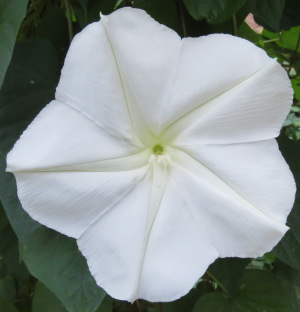
Moon_Plant by Sammy Ray
Districts
Pavorno's City Districts vary in size and shape, but one thing can be said for sure. The farther up the river, and the higher up the hill you are, the more money you have.- Gold District
- Copper District
- Garden District
- Old Mill
- Market District
- Dock Yards
- Silver District
- Hilltop District
- Flower District
- Timberwall
- Military Ward
- Dog Town


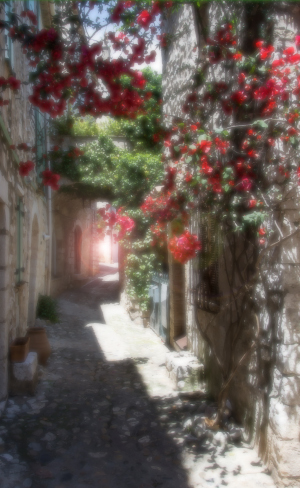
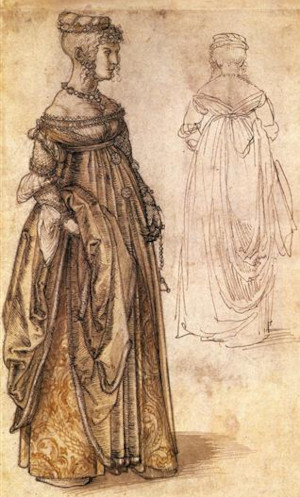
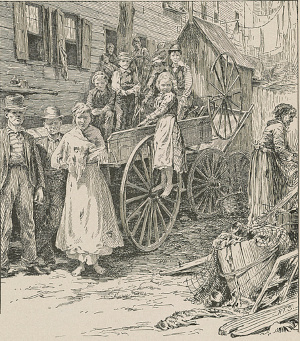
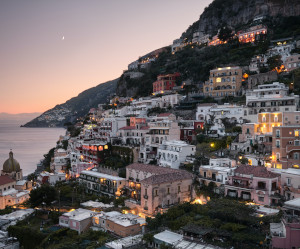
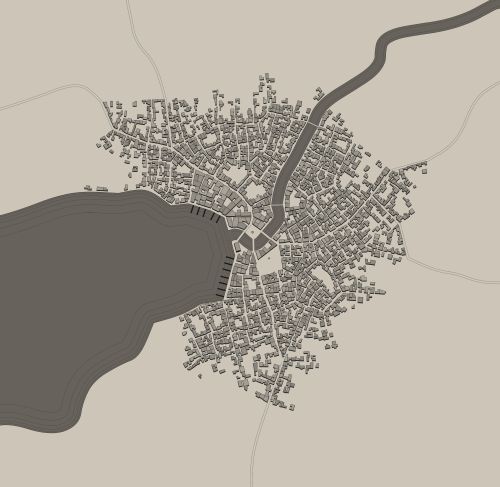
Comments